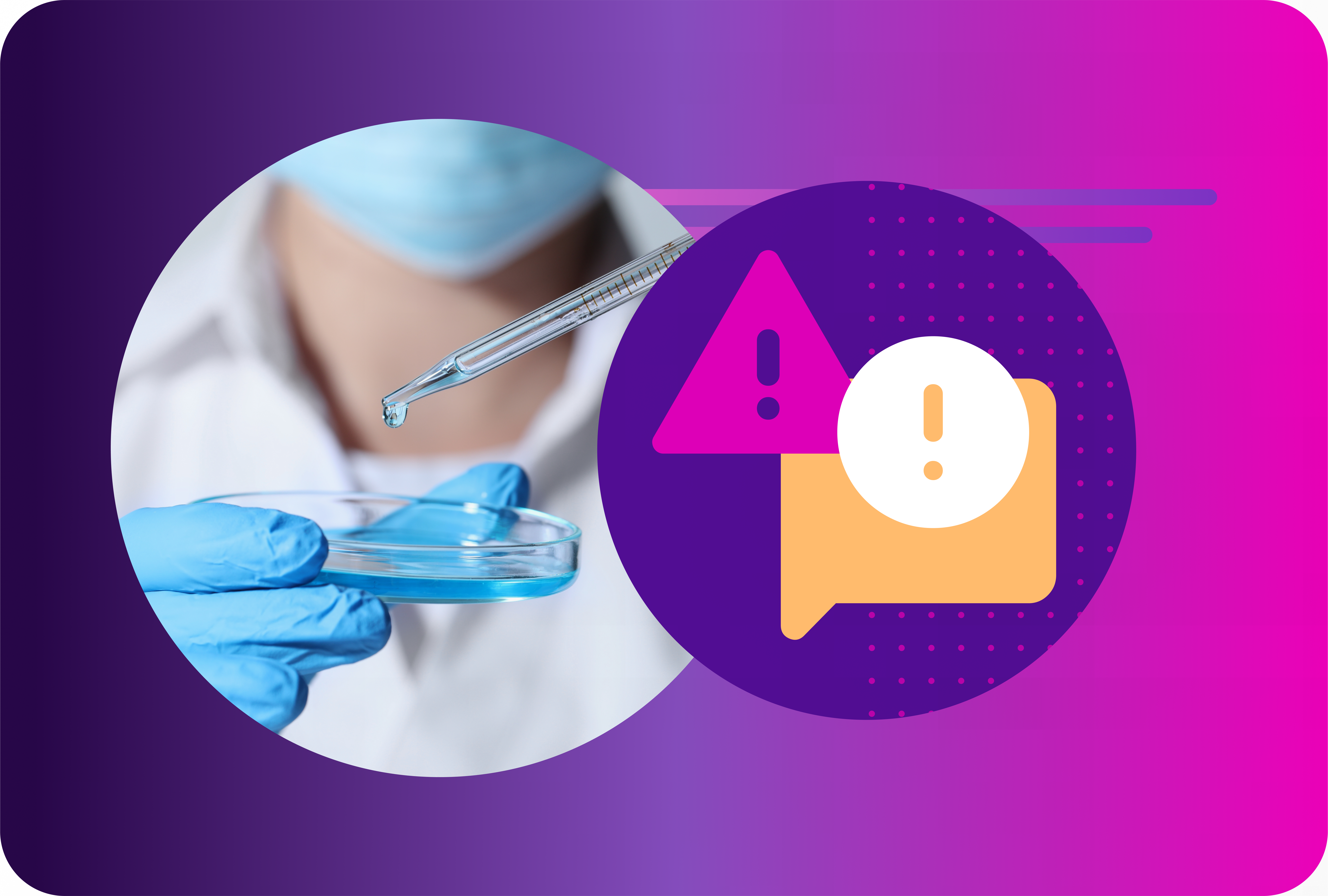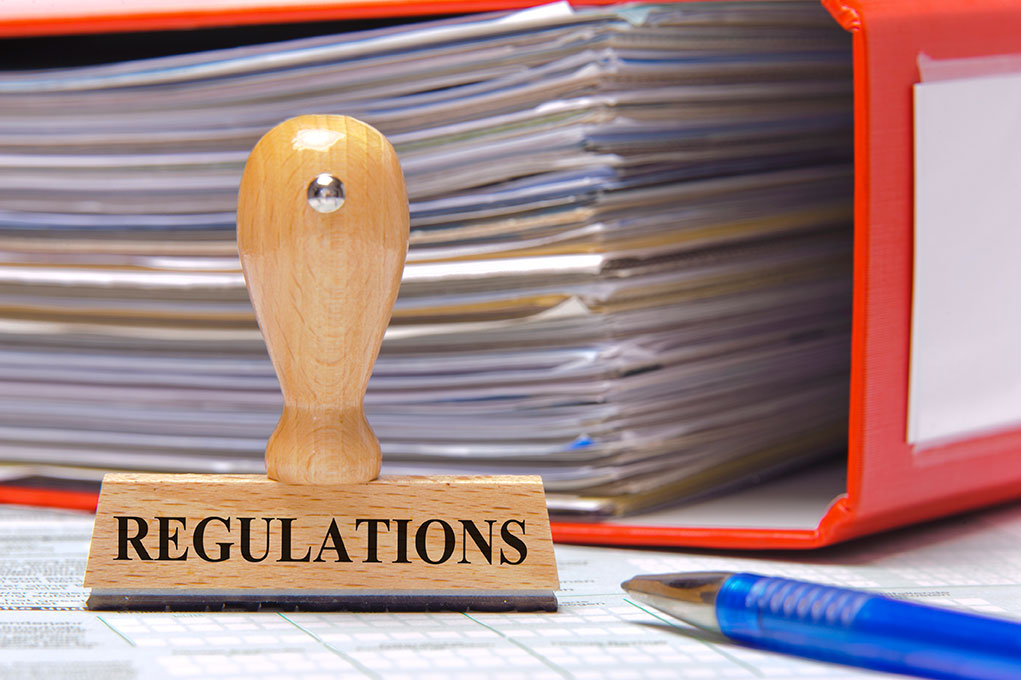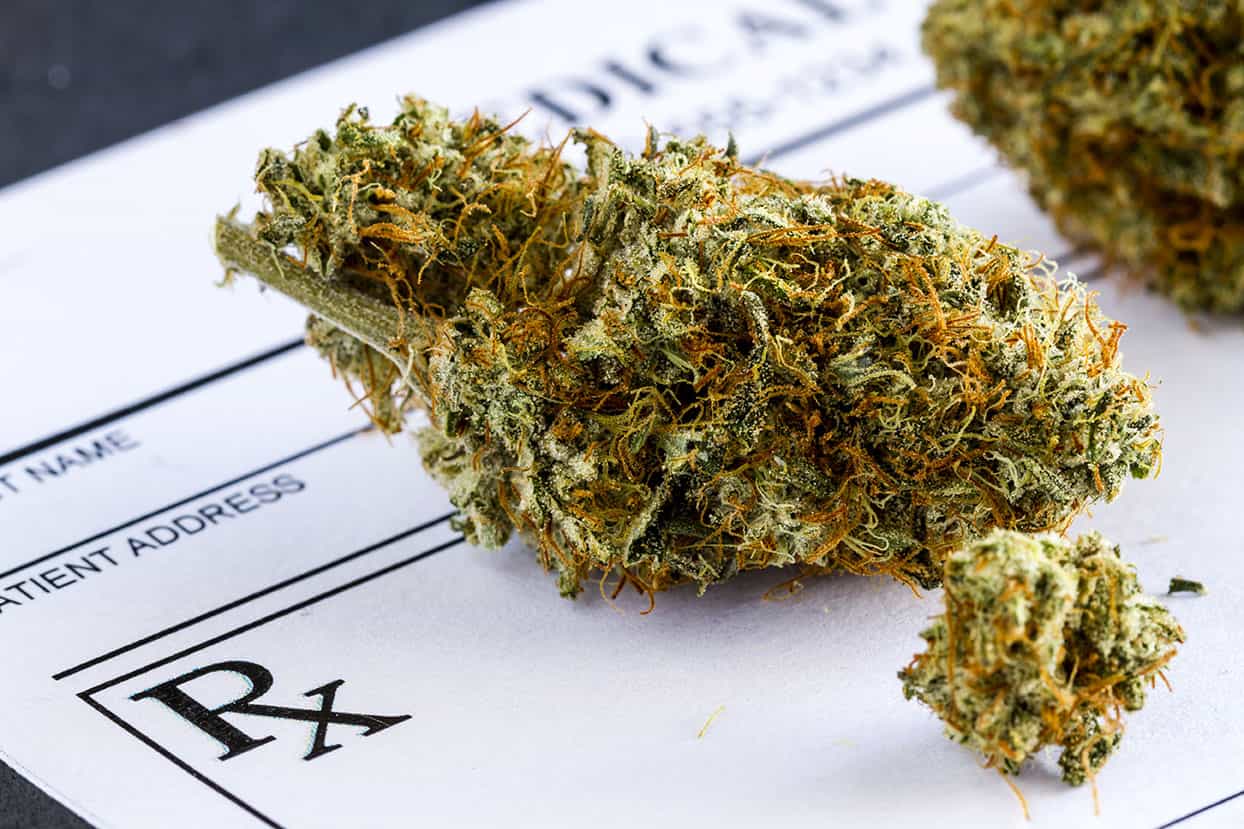Category: Regulatory Compliance
All
21 CFR Part 11AnnouncementArtificial IntelligenceAudit ManagementBest PracticesBiotechnologyCAPAChange ManagementClinicalComplaint ManagementData and AnalyticsDocument ManagementeQMSInside DotISO 13485Life SciencesManufacturingMedical DevicePharmaceuticalQuality 4.0Regulatory ComplianceRisk ManagementSaaSTraining Management

FDA 21 CFR Part 11 Compliance: What…
June 2025

Guide to ISO Standards for Medical Device…
May 2025

Does the FDA Test Medical Devices?
May 2025

ISO 13485 vs. ISO 14971: Understanding Key…
March 2025

Streamlining Success: How Modern Regulatory Management Fuels…
March 2025

ICH Q8, Q9, and Q10: A Complete…
December 2024

Understanding CAPA in ICH Q10
December 2024

ICH Q10: The Foundation of Pharmaceutical Quality
December 2024

The Ultimate Guide to ICH Q10 Pharmaceutical…
November 2024

8 Essential Questions for Clinical Data Management
November 2024

ISO 13485 vs ISO 9001: Key Differences
September 2024

Raising the Bar in Medical Device Compliance…
December 2023

Navigating FDA Compliance: A Guide to 21 CFR…
November 2023

Steps to Consider When Dealing With 483…
November 2022

The Ultimate Guide to 21 CFR Part…
September 2022

The Ultimate Guide to ISO 9001 QMS
September 2022

The Essential Guide to ISO 13485 for…
August 2022

ISO 17025 Checklist (with XLS Download)
June 2022

Quality Management System (QMS) for Medical Device
June 2022

A Guide to Medical Device Labeling Requirements
April 2022

The Essential Guide to ISO 14971
March 2022

FDA’s Quality Metrics Reporting Update March 2022
March 2022

21 CFR Part 314 Checklist (with XLS…
February 2022

ICH Q10 Pharmaceutical Quality System
January 2022

5 Necessary Steps for Building a Risk…
January 2022

Top 10 Medical Device Testing Companies of…
November 2021
6 Steps to HIPAA Risk Assessment Success
November 2021

Top 8 Change Management Tools
October 2021

MDR: Maximizing Changes to Medical Device Reporting…
October 2021

The Medical Cannabis Industry and Compliance
October 2021

21 CFR Part 11 Compliance Checklist [Free…
July 2021

cGMP is Extensive and Confusing
June 2021

Top 5 CRM for Healthcare and Life…
June 2021

ISO 13485: The Essential Audit Checklist
June 2021

Compliance in the Lab: GMP vs GLP…
March 2020